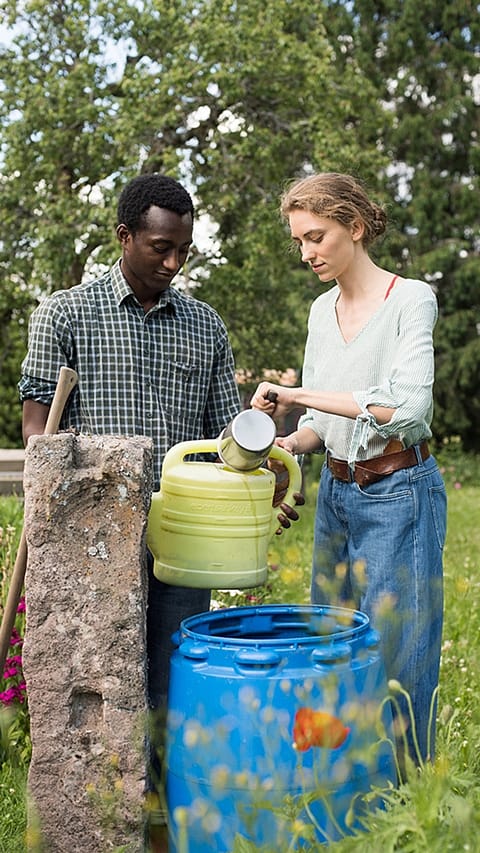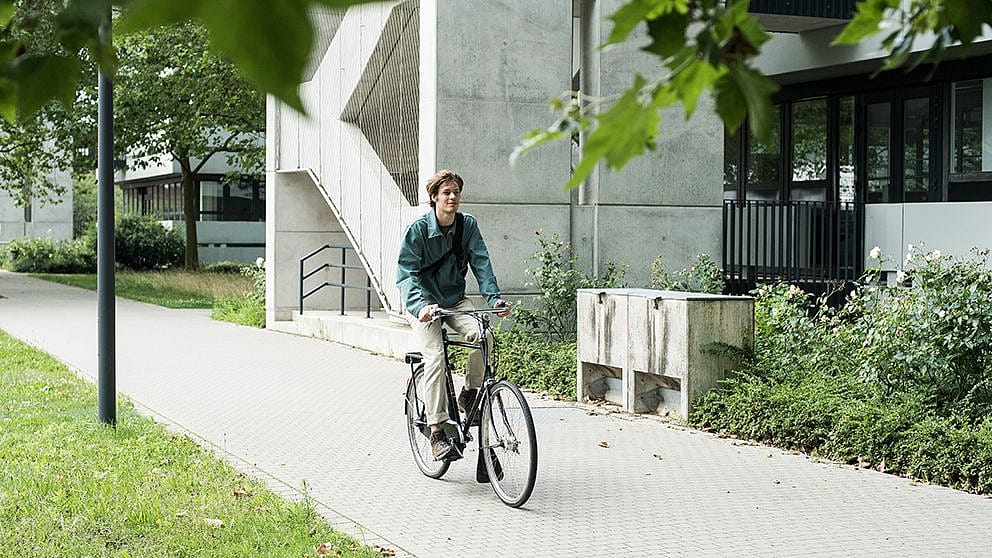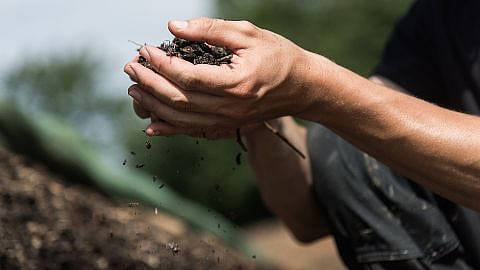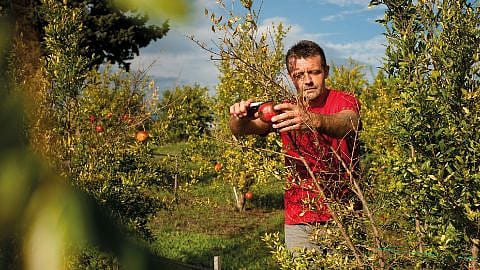5 sfaturi pentru a-ți reduce amprenta ecologică
Cum poți contribui la conservarea valorilor resurse naturale
Earth Overshoot Day este atunci când consumul de resurse naturale al umanității depășește ceea ce natura poate regenera în acel an. Această zi vine mai devreme în fiecare an și este un semn sigur că noi, oamenii, trebuie să ne schimbăm obiceiurile de consum. Earth Overshoot Day este calculată de organizația non-profit Global Footprint Network.
Redu amprenta ecologică – 5 idei simple
Fiecare dintre noi poate juca un rol activ în protejarea planetei prin reducerea amprentei noastre ecologice. Nu trebuie să schimbăm radical modul în care trăim dintr-o dată. Pas cu pas, poți avea viața de zi cu zi și obiceiurile mai prietenoase cu mediul. Iată 5 sfaturi simple pentru a începe.
#1 Mănâncă mai puțină carne și mai multe alimente de origine vegetală
Una dintre cele mai eficiente modalități de a-ți reduce amprenta de carbon este să consumi mai multe alimente pe bază de plante. Acest lucru se datorează faptului că produsele de origine animală au o amprentă ecologică mult mai mare decât produsele pe bază de plante. Producția de carne consumă mult mai multă apă și pământ și provoacă emisii mai mari de gaze cu efect de seră. Consumul de alimente sezoniere, produse la nivel regional, ajută la reducerea costurilor globale de transport. Și cumpărând produse proaspete la piața locală de fermieri, eviți risipa de ambalaje.
#2 Zboară mai puțin și călătorește mai mult cu trenul, mijlocul de transport în comun sau bicicletă
Mobilitatea are un impact major asupra amprentei noastre ecologice personale. Călătoriile cu avionul reprezintă o cantitate considerabilă de emisii de CO2, ceea ce înseamnă că fiecare zbor pe care nu îl luăm este un cadou pentru mediu. Este mai ecologic să călătorești cu trenul, cu bicicleta sau cu mașina. Și modul în care te deplasezi în oraș face diferența. Folosirea transportului public, mersul cu bicicleta sau mersul pe jos sunt toate modalități durabile din punct de vedere ecologic de a proteja planeta.
#3 Cumpără mai puțin și doar ceea ce te face cu adevărat fericit
Redu, repară, reutilizează, reciclează. Fie că este vorba de îmbrăcăminte, mobilier sau aparate electrice, consumul mai puțin și mai conștient economisește resurse. Înainte de a cumpăra ceva nou, gândește-te dacă ai într-adevăr nevoie de el. Articolele care au ajuns la sfârșitul duratei de viață ar trebui reciclate ori de câte ori este posibil. Uneltele sau echipamentele de care ai nevoie rar pot fi adesea împrumutate cu ușurință. Produsele second-hand care sunt deja în circulație sunt întotdeauna opțiunea mai eficientă din punct de vedere al resurselor. O regulă generală: cu cât produsele sunt folosite mai mult timp, cu atât echilibrul lor ecologic este mai bun. Optează pentru produse care au fost produse în mod durabil și conform practicilor comerciale echitabile și care nu trebuie transportate pe distanțe lungi.
#4 Economisește energie acasă
În perioada în care este nevoie de căldură, poți economisi energie acasă, reducând temperatura. Cât de mult ne încălzim casele are un efect considerabil asupra echilibrului nostru energetic. Coborârea termostatului cu doar un grad reduce costurile de încălzire cu aproximativ 6%. Alte obiceiuri de economisire a energiei includ oprirea completă a aparatelor electrice, mai degrabă decât lăsarea lor în standby. Folosirea unui fierbător electric este mai eficientă decât fierberea apei pe plită. Instalează becuri LED eficiente din punct de vedere energetic și nu uita să stingi luminile când părăseșticamera.
#5 Folosește energie regenerabilă
O singură schimbare, ecologică, cu un efect puternic: trecerea la unul dintre numeroșii furnizori veritabili de energie electrică. Utilizarea energiei curate și regenerabile poate economisi o gospodărie medie de trei persoane cu aproximativ 2 tone de CO2 pe an.
Ce este amprenta ecologică?
Amprenta noastră ecologică, cunoscută și sub numele de amprenta noastră de mediu, reprezintă zona de pe pământ pe care o ocupăm cu modul nostru de viață. Cu aproape tot ceea ce facem, consumăm resurse naturale. O amprentă ecologică personală descrie cât de mult teren este necesar pentru a susține consumul de resurse al unei persoane. Amprenta ecologică este diferită de amprenta de carbon, prin aceea că include și alte impacturi asupra mediului, pe lângă emisiile de gaze cu efect de seră (GES).
Cum se calculează amprenta ecologică?
Amprenta ecologică este măsurată în unități de hectare globale, sau pe scurt gha. Calculul analizează diverși factori: de exemplu, producția de îmbrăcăminte și alimente, eliminarea deșeurilor, consumul de energie și emisiile de dioxid de carbon.Rezultatul poate fi apoi comparat cu capacitatea biologică a lumii sau a unei regiuni. Cunoscută și sub numele de biocapacitate, aceasta se referă la capacitatea unei zone de a regenera ceea ce consumă oamenii și de a-și absorbi deșeurile. Dacă amprenta ecologică a unei țări este mai mare decât biocapacitatea sa, se consumă mai multe resurse naturale decât țara poate regenera singură. La scară globală, acest lucru este adesea descris de numărul de pământuri consumate de umanitate.










